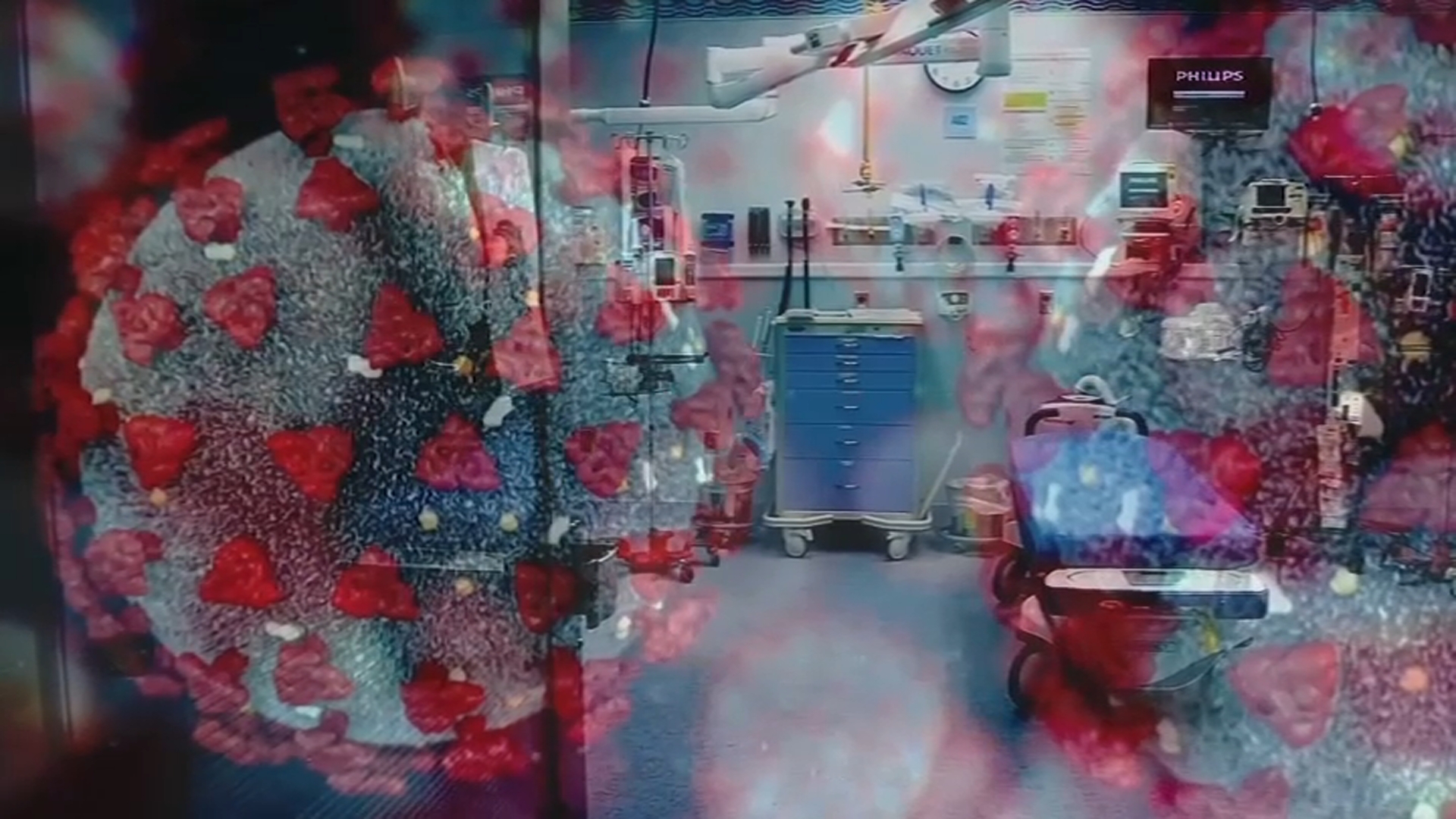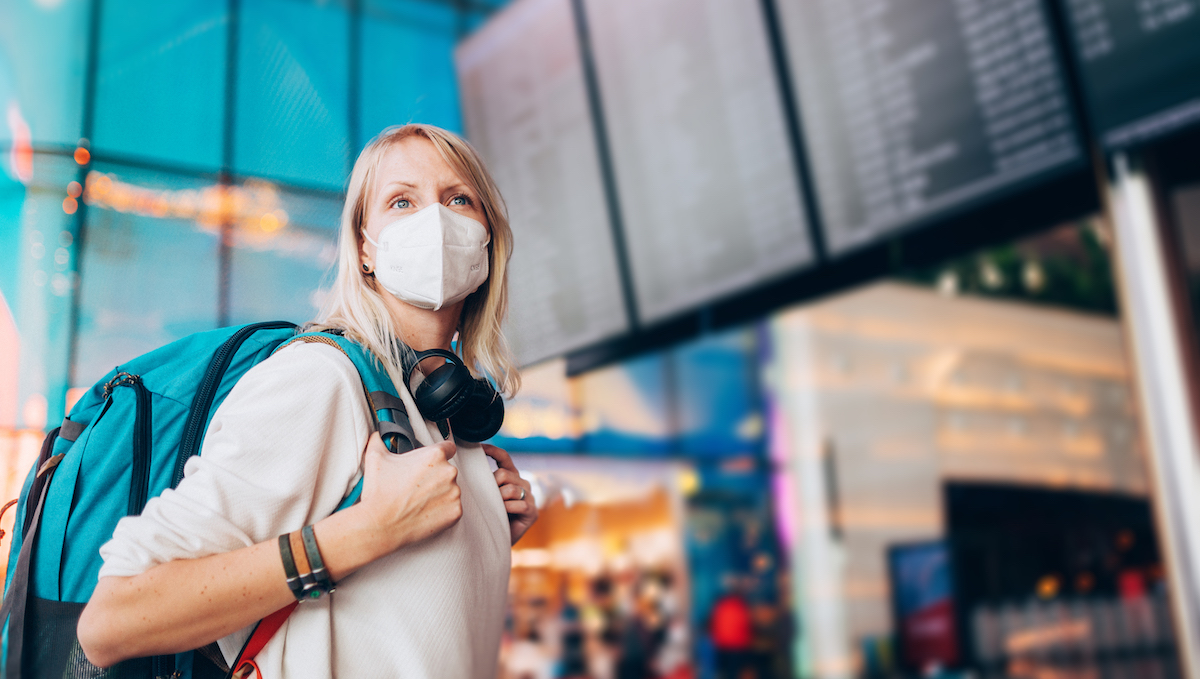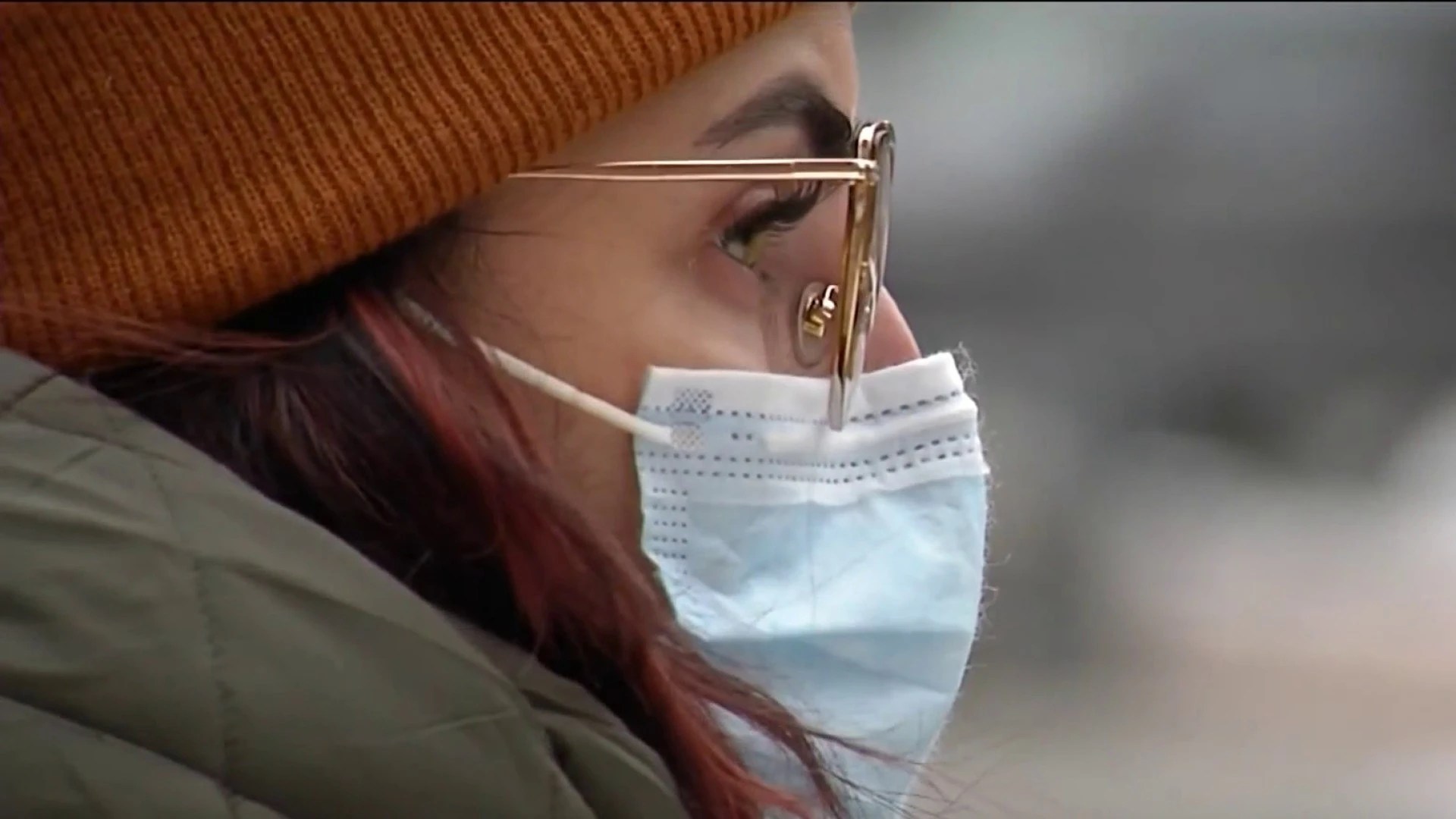COVID cases are slowly back on the rise in Chicago and Illinois.
“While hospitalizations and deaths tied to COVID-19 remain stable at this time, we are seeing a slow increase in cases in many areas of the state,” said Acting Illinois Department of Public Health Director Amaal Tokars Thursday.
“This is a reminder that we all need to remain vigilant and remain up to date on our vaccination status. This is especially important for those who are at higher risk for serious outcomes.”
The department on Thursday issued a public health warning about the rise in cases, saying that residents "should be paying close attention to conditions in their local communities" and urged vaccinations and booster shots for eligible populations.
Feeling out of the loop? We'll catch you up on the Chicago news you need to know. Sign up for the weekly Chicago Catch-Up newsletter here.
Currently, all adults 50 and older are eligible for a fourth COVID booster shot.
April 13, COVID cases in Illinois were at 2,060. By April 14, that number was 3,340 — a much higher daily jump than the state has seen recently.
Health officials said Illinois "remains strongly positioned to respond in the event of a new COVID surge" as the state's test stockpile was recently replenished with more than 1.5 million rapid tests on hand and another half million on the way.
In Chicago, the latest numbers show 455 COVID cases. That's up 314 cases, or 45 percent from the prior week.
Hospitalizations, however have not shown signs of rapid increase either at the national level or at the state level.
As a result, public health officials say that they are not considering additional mitigation actions at this time, ruling out a return to mask mandates and other such orders for the time being.
How Many of the Cases Are the BA.2 Omicron Subvariant?
The warning comes as the so-called "stealth omicron" subvariant continues its rapid spread in the Midwest, making up more than 80% of recent COVID cases, according to Centers for Disease Control and Prevention estimates.
According to the latest updated estimates from the CDC, it is believed that the BA.2 subvariant of omicron is responsible for 85.9 percent of new COVID infections in the United States over the last week.
In some parts of the country, that number is even higher, with more than 92% of cases in New York and New Jersey now linked to that subvariant, the CDC says.
In the Midwest, the CDC says that 83.7 percent of cases are believed to be linked to the subvariant. Less than one month ago, the BA.2 subvariant made up less than 15 percent of cases, according to the department’s estimates.
Where in Illinois Are Cases Rising The Most?
The CDC last updated its county-by-county community levels map Thursday, showing high transmission levels in four Illinois counties.
In those communities, people are advised to wear masks in public indoor spaces, including schools, and take additional precautions if at risk for severe illness.
The following counties were listed in the high category:
- Gallatin County
- Hardin County
- Pope County
- Saline County
Across the U.S., there has been a slight increase in cases in recent weeks, with daily confirmed cases nationwide rising from about 25,000 per day to more than 30,000.
Severe illnesses and deaths tend to lag infections by several weeks, officials said.
BA. 2 Symptoms to Watch Out For
According to several health experts, BA.2 appears to be more transmissible than omicron.
"There's four unique mutations in the spike protein that are distinct in BA.2, and different from BA.1. ... It seems that these mutations will propel the transmissibility to about a 30 percent to 50 percent higher degree of contagiousness than the BA.1 variant," said Dr. Gregory Huhn, an infectious disease physician and the COVID vaccine coordinator for Cook County Health.
White House chief medical advisor Dr. Anthony Fauci said BA.2 is about 50 percent to 60 percent more transmissible than omicron, but it does not appear to be more severe.
Pfizer to Seek FDA Approval for COVID Booster in Kids Ages 5 to 11
"It does have increased transmission capability," Fauci said Sunday on ABC's "This Week." "However, when you look at the cases, they do not appear to be any more severe and they do not appear to evade immune responses either from vaccines or prior infections."
Northwestern's Dr. Michael Angarone, an associate professor of medicine in infectious diseases, said the symptoms for BA.2 are similar to those seen in many COVID infections.
"So this is the same virus, so SARS Coronavirus 2, so we're seeing the same symptoms," he said.
Dr. Gregory Huhn, an infectious disease physician and the COVID-19 vaccine coordinator for Cook County Health, noted that while omicron led to more upper respiratory symptoms, it remains too early to tell if BA.2 will continue that trend.
"I don't know if we, right now, know the particular features that are distinct for BA.2 versus BA.1. I mean, for BA.1, we knew that it was mostly an upper respiratory-type infection rather than the lower respiratory infections that can lead toward pneumonia and further and greater complications," he said.
Still, NBC News reported symptoms associated with BA.2 seem to largely mirror a small number of symptoms commonly reported in omicron infections. Those include:
- Cough
- Fatigue
- Congestion
- Runny Nose
Anecdotal reports have suggested that dizziness could be a possible symptom, but they are so far unfounded.
State health officials urged residents, particularly those in higher transmission areas or those at higher risk of illness, to take the following precautions:
• Get vaccinated and stay up-to-date on recommended booster shots to protect yourself, your loved ones and friends.
• If you are in an area with rising COVID-19 infections, wear a mask if entering indoor spaces with other people present and consider avoiding large gatherings.
• Stick to well-ventilated areas if you are not wearing a mask indoors around other people.
• If you feel flu-like symptoms, self-isolate and stay home from work as well as social gatherings; and obtain a test as quickly as possible.
• If you test positive, talk to your provider immediately so you can get COVID-19 treatment within five days of starting to feel sick. Also, communicate about the positive result with any persons you have been in close contact within two days of falling sick or testing positive.
• Continue to frequently wash your hands and cover coughs and sneezes.




